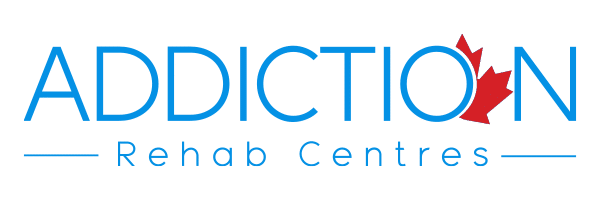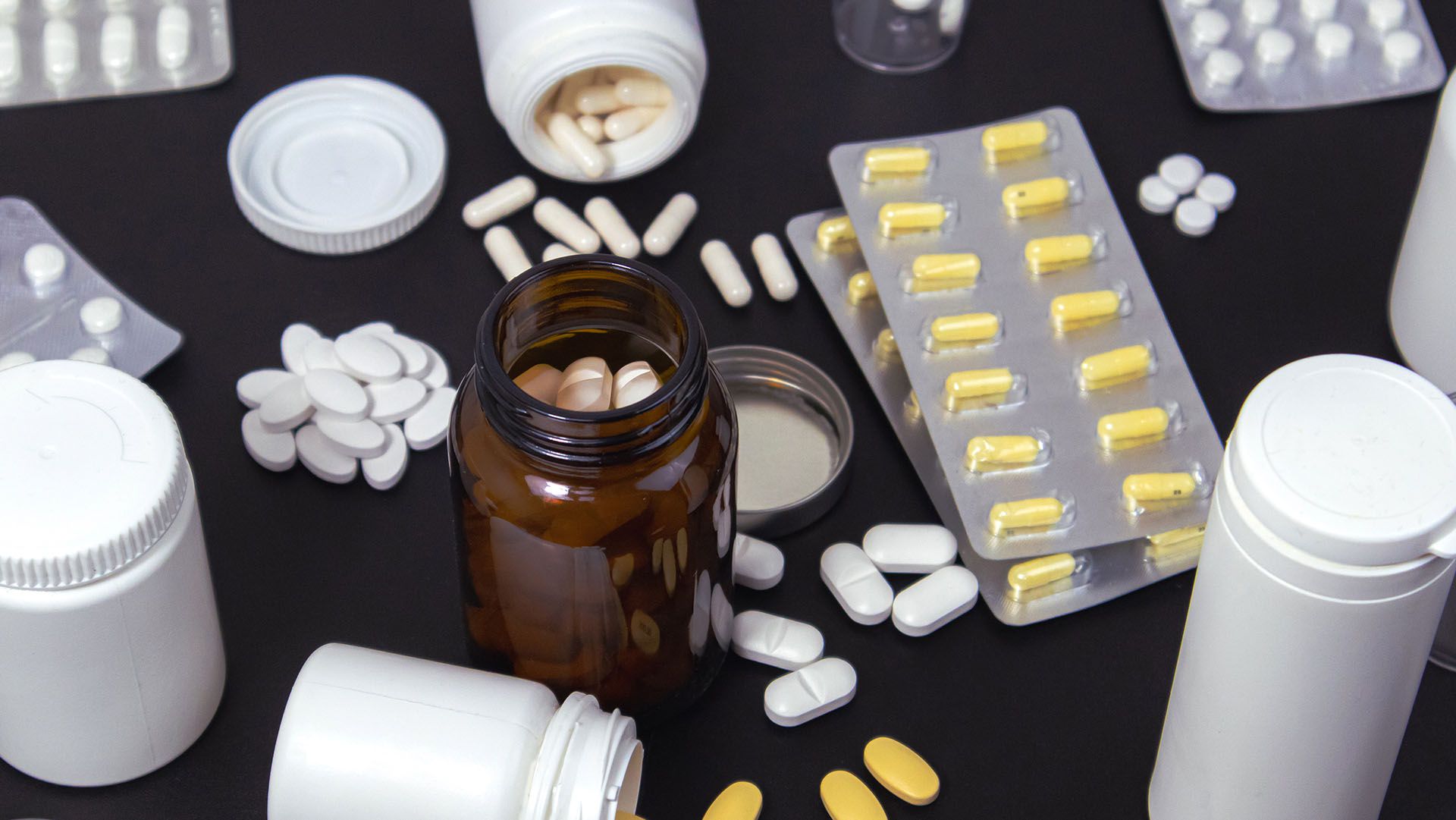Addiction to Designer Drugs
Unlike heroin and methamphetamine, designer drugs aren’t a single type of substance. Nor do they belong to a single class of drugs, such as stimulants or depressants. Instead, designer drugs are chemically synthesized substances designed to mimic other drugs. Some examples of designer drugs include:
- New formulations of performance-enhancing drugs that are specifically designed to escape drug testing protocols used by the Olympic Committee and similar organizations.
- 2CE—A drug with unpredictable effects due to its unstable formulations. It mimics stimulant drugs such as Adderall, but often produces a much more powerful effect.
- Spice, a synthetic form of marijuana. Available in various formulations in gas stations and convenience stores across the country, it has been implicated in a number of deaths.
Though “natural” drugs such as marijuana and cocaine are far from safe, they are well-metabolized by the body because the body already has receptors that bind to these chemicals. With designer drugs, you’re taking a gamble that, in addition to developing a nasty addiction, your body will be unable to metabolize the drug.
Addiction to designer drugs is every bit as dangerous as addiction to other drugs, even when the designer drug is legal. Keep in mind, these drugs are often specifically designed to escape legal regulations, so the fact that a specific drug is legal means that the law hasn’t caught up with manufacturers—not that the drug is safe. For this reason, many addiction experts refer to the market for designer drugs as a “gray market.”
If you’re addicted to designer drugs, we can help you get back on track. Sobriety is possible, no matter how badly these substances have ravaged your life and health.
How Do Designer Drugs Affect Your Body?
Designer drugs belong to several different drug classes. Knowing the drug which your designer drug mimics can help you discern its drug class. Generally speaking, depressant designer drugs such as spice slow down activity in your brain and spinal cord. Some of the long-term consequences of using these drugs include:
- Labored breathing
- Dangerously low blood pressure
- Falling into a coma
- Seizures and tremors
- Depression and lack of motivation
- Feelings of hopelessness
- Decreased immune function
Stimulants such as 2CE increase activity in your brain and spinal cord, leading to an activated, aroused state. Some of the long-term consequences of abuse of these drugs include:
- Cardiovascular failure
- Aggression, anxiety, and criminal behavior
- Manic episodes and mental illness
- Dangerously high pulse and blood pressure
- Restlessness
- Muscle spasms
- Muscle pain
- Dehydration and malnutrition
- Excessive sweating
If you abuse performance-enhancing drugs, the consequences can be catastrophic. These drugs contain hormones similar to those already in your body, but at much higher doses, and often polluted with other substances, such as methamphetamine. Some of the life-threatening consequences of abuse of performance-enhancing drugs include:
- Infertility
- Development of breasts in men
- Shrunken testicles
- In women, an enlarged clitoris
- Growth of excess body hair
- Acne
- Cancer
- Heart attacks and strokes
- Muscle pain
- Sudden death
- Decreased immunity
Many designer drug abusers tell themselves that they’ll quit before experiencing these life-threatening effects. The challenge, though, is that designer drugs are life-threatening from your first use. These drugs are not controlled by any governmental authority like prescription drugs are. And unlike “natural” drugs such as marijuana and cocaine, it’s nearly impossible to assess their purity. Because anyone can slap a label on a substance and call it a designer drug, it’s possible that your drugs contain additional substances, larger doses, or different drugs than the label indicates.
Who is at Risk for an Addiction to Designer Drugs?
The two most significant risk factors for addiction to designer drugs are using designer drugs and using natural drugs that are hard to access. In the latter scenario, users may turn to designer drugs to satisfy the habit. For example, an Olympic gymnast may rely on performance-enhancing drugs that her sports organization has banned. To continue receiving excellent marks, she may opt for a designer formulation of her favorite performance-enhancing drug.
Some other risk factors increase your odds of developing a designer drug addiction. Those include:
- A history of mental illness, particularly if you’ve not had good experiences with therapy or prescription medication.
- A history of trauma or abuse.
- Early use of drugs or alcohol.
- A family history of addiction or mental illness.
- A chaotic, dysfunctional, or abusive home life.
- A previous history of addiction.
- Participation in highly competitive professional or amateur sports.
- Lack of access to your drug of choice.
- A sudden life change, such as the death of a spouse or the loss of your job.
Am I Addicted to Designer Drugs?
There is no valid medical use for designer drugs, so if you use these substances, you’re already well on your way to addiction. If you’re concerned you might be an addict, stop using drugs. If doing so is challenging or feels impossible, this signals a need for treatment. If you’re still unsure, ask yourself the following questions. If you answer yes to more than two or three, you likely need designer drug addiction treatment:
- Are you continually changing drug formulations trying to get the perfect high?
- Do you need a higher dose than you did when you first started?
- Have you experienced health problems as a result of your drug use?
- Do you struggle with cravings or physiological withdrawal when you try to stop?
- Have loved ones asked you to stop using designer drugs?
- Are you worried you’ll never be able to quit?
- Do you mix designer drugs with alcohol or other substances?
- Have you suffered relationship, career, or legal problems as a result of your reliance on designer drugs?
- Have you used designer drugs on a regular basis for longer than six months?
You don’t have to worry about judgment, castigation, or shame when you seek help with us. We will show you a path to recovery and healing, help you see how drugs have destroyed your life, and show you the keys to rebuilding a sober life you can embrace as your own. Contact Addiction Rehab Centres Canada today!







